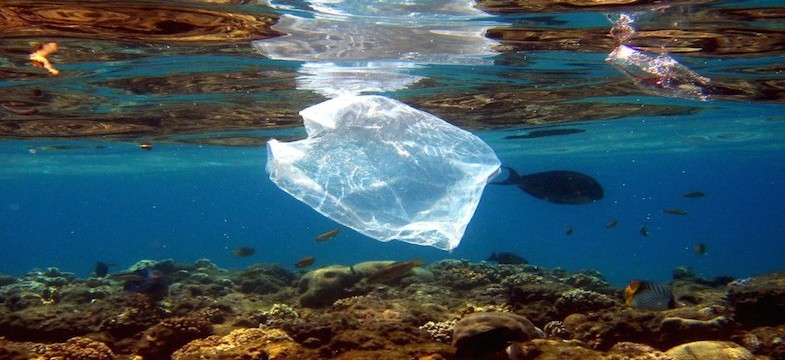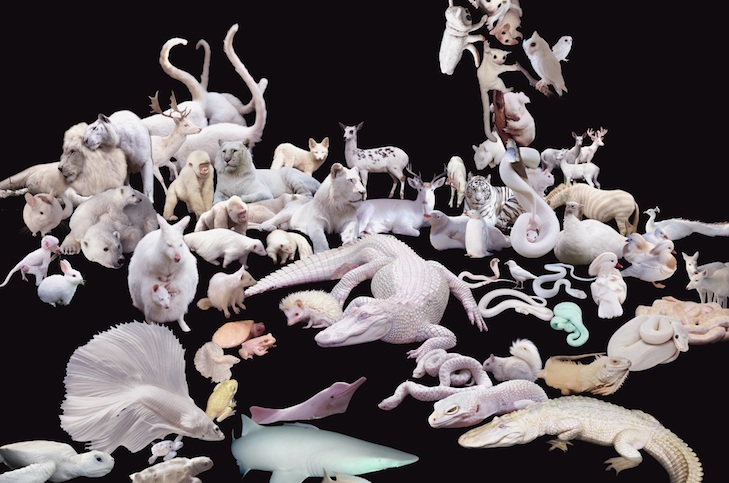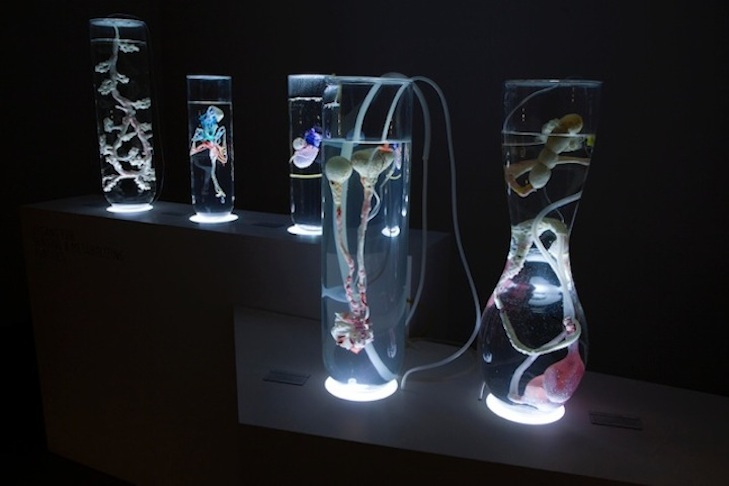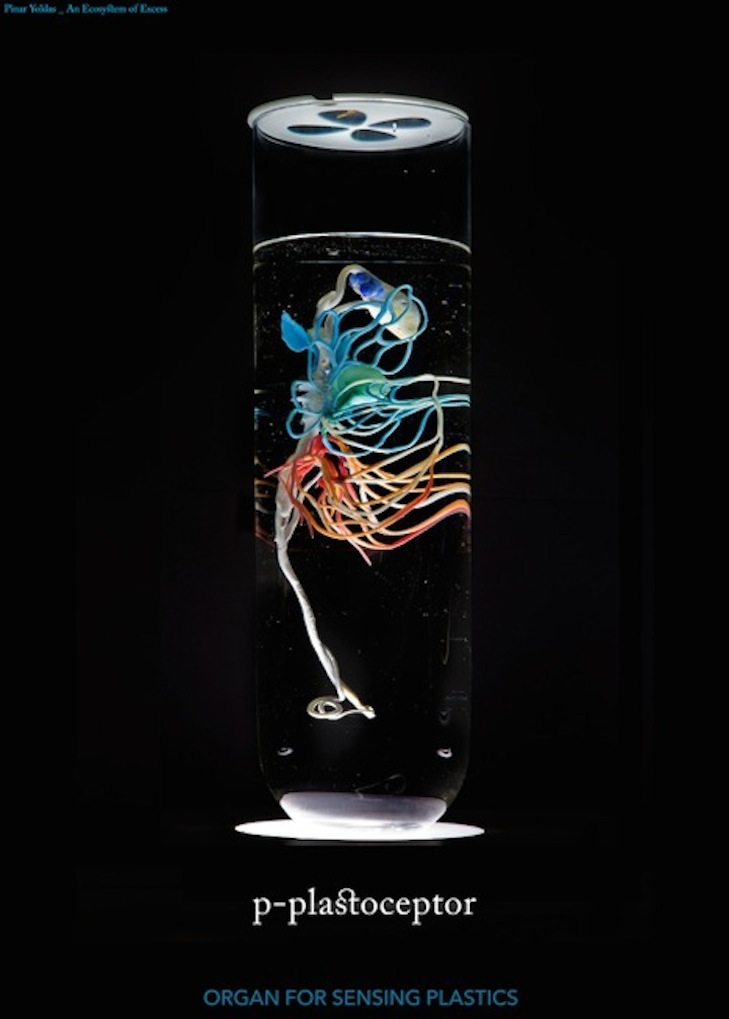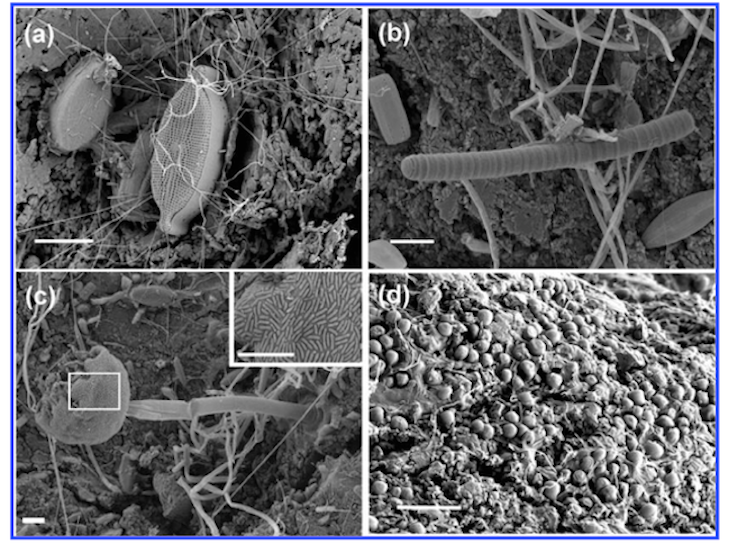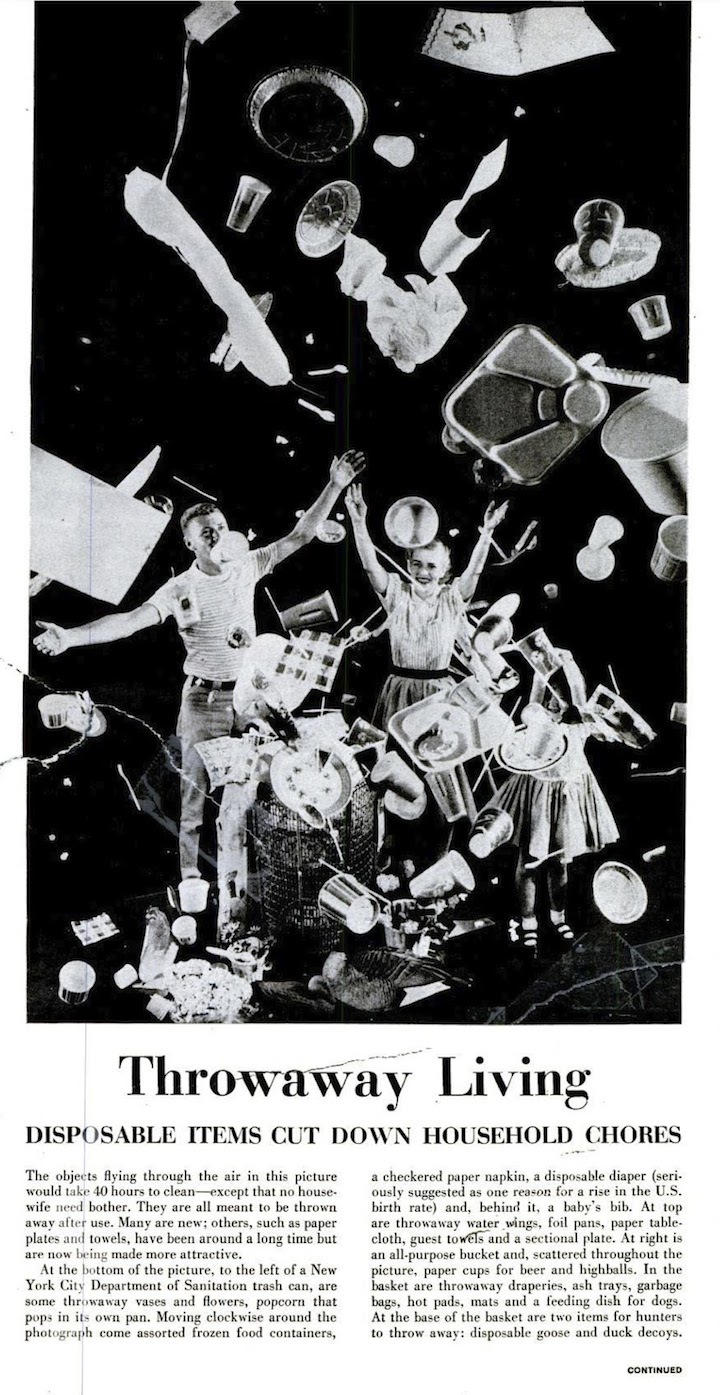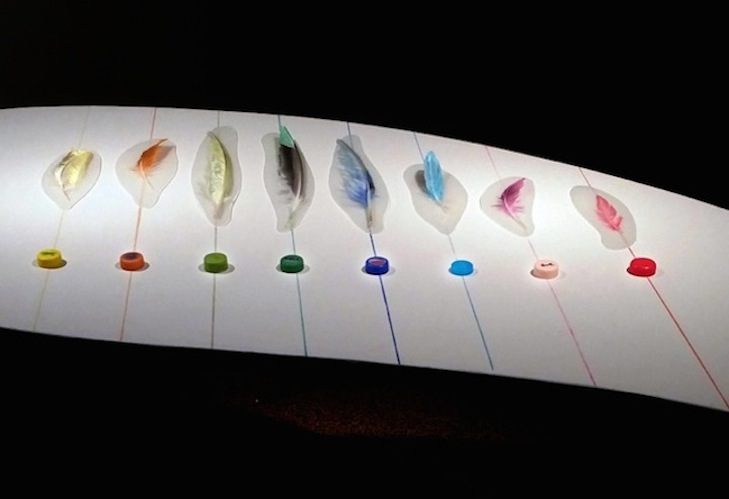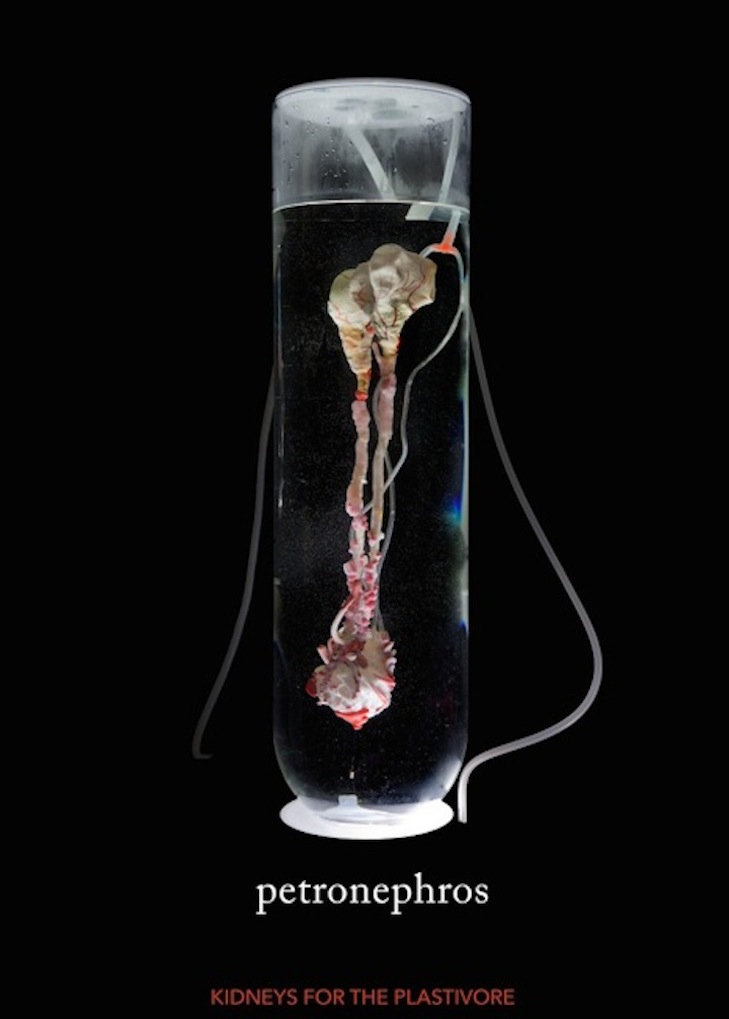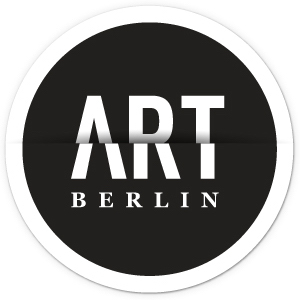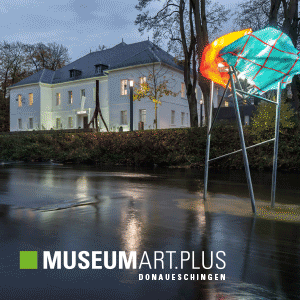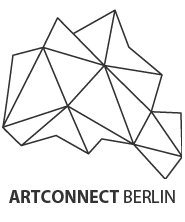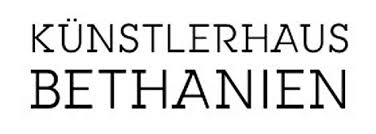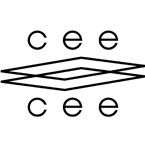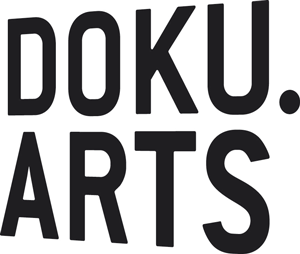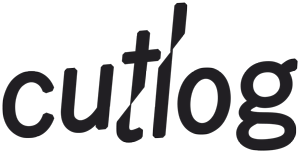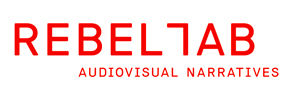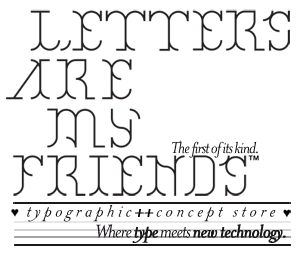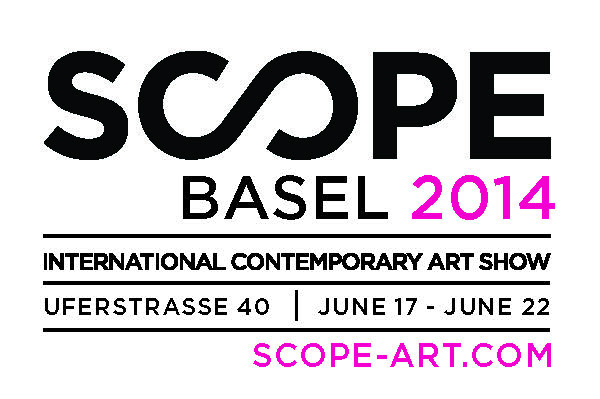“Today, with the future of the planet in doubt, these goals [of scientific and economic progress at the expense of earth] are no longer viable; we need integral awareness in every field.
Art may never save the world, but saving the world is not the same as saving the phenomenon “world” itself, which is something art can do: art can help us to recollect our belongingness to something precious and worthy of protection.”
Suzy Gablik, a renowned art critic from New York forecasted in the 1980’s how art and nature could reunite, bridging the dichotomy set by the Anthropocene – the geological era in which humans are responsible for most of the topographic and atmospheric changes on earth. Appealing to us to overcome this supposed dichotomy between nature and culture, Donna Haraway coined the term “Naturecultures”. The title lends itself well to the current exhibition at Alfred Erhard Stiftung.
The White Kingdom
For the exhibition Pinar Yoldar presents a collection of older works as well as one photographic work: “Regnum Alba” – the white kingdom. The work is a photo collage of various animals that have been born with Leucism, a genetic mutation which causes lack of pigmentation in fur and skin. The animals affected therefore stay purely white. This affliction has been linked by several studies to climate change and environmental pollution – especially fish show a positive correlation between environmental toxins and genetic defects.
Although the white animals in the picture exude a pureness and rare aesthetic to us, having perfectly white skin or fur is a catastrophe to them. Not just Homo Sapiens rely on the outer appearance to project an impression in order to communicate to their fellow creatures. For animals fur coloration or camouflage may even be vital to their survival or reproduction. Pigmentation constitutes identity and lacking it these solitary creatures are exposed unprotected to their surroundings. Pinar Yoldas brings these animals to the fore, who have been abandoned on the highway of human domination over nature.
Environmental pollution, extinction, climate change – the consequences of the Anthropocene are the uniting topic of Yoldas’ work. “Eco futurist”, or “Eco punk” – she hasn’t been tucked into the tree-hugger drawer and in fact defies any attempts to classify her transdiciplinary work and methodology.
„It doesn’t matter, institutions and art historians do it for us“,
she explains, when asked if she would see herself more as a scientific artist or an artistic researcher in a recent interview with ARTBerlin. The question though is justified: in her work she combines science and art by making scientific issues visible.
„Science has been a guiding principle for my work since I “saw” the world that way. I have recently changed transdisciplinarity to “infradisciplinarity”. A creative existence beyond disciplines. Absolute freedom for the associative cortex.“
In a trans- or infradisciplinary project scientific knowledge is fused with artistic forms of understanding. Thus data, research and ecological topics may be experienced through human senses, rather than only objectively understood by the human brain.
Ecosystem of Excess
Take for example the exhibition “An Ecosystem of Excess”, which she presented on occasion of the “Transmediale” in 2014. The premiss of the show was an imagined ecosystem, that she proposed would develop by darwinian evolution in the oceans of the future. In the middle of the Pacific Ocean there is a gigantic vortex of plastic garbage, termed the “Great Pacific Garbage Patch”. If the first animals grew out of the primordial soup of prehistoric oceans, then in future creatures will develop and adapt to the plastic soup we have created.
Only recently a group of scientists made a ground-breaking discovery: On plastic pieces floating through the sea, they found colonies of bacteria, that were able to metabolise their synthetic substrate. Based on these plastic-eating microbes, Pinar Yoldas created a speculative ecosystem with various species having adapted to their environment – a hybrid of the natural and the synthetic.
Like in a natural history museum of the future the organs necessary to metabolise plastics were floating in large glass jars, illuminated from below. Stomachs would digest plastic, kidneys would filter it and a central nervous system would detect it in the immediate surrounding. Birds feathers would adopt the bright colours of industrially produced materials, who use a universal colour scale – the Pantone Matching System. Marine Turtles are currently dying in droves from ingesting balloons, but in Yoldas’ futuristic scenario they have learnt to cope and use them as buoyancy help as well as attracting mates. Diagrams and texts explain the various metabolic pathways and biological and ecological issues at hand.
One photograph, taken from an old issue of Life Magazine is particularly telling. The cover of the 1951 summer edition shows a typical american family, grouped around a garbage can and throwing about them a myriad of plastic objects, like cutlery, bags, bottles, dishes and other consumer goods. The title boasts: “Throw-away Living: Disposable Items Cut Down Household Chores”. How short-sighted and naive this attitude is Pinar Yoldas shows in her work.
At Alfred Erhard Stiftung she continues designing organisms, changing their properties to adjust to human needs and referencing human interference with nature. The Anthropocene is a topic we usually leave to the scientists to solve, happily carrying home our argentinian steak in plastic bags. We don’t encounter climate change, the rain forest disappearing, microscopic plastics in the ocean and the mass-exploitation of animals for nutrition in our daily lives. When we do, it is in the form of diagrams, texts and data. By opening up a speculative narrative based on sensory experience, Pinar Yoldas appeals to our subjective understanding of the the Anthropocene.
“It’s the orchestration of human sensorium, as art has a lot to do with perception and sensation. So art can be a toolkit for the modification of neural networks, or the connector, with the capacity to orchestrate others’ experiences. I call this synaptic sculpting. To use environments and objects and words and sound and such elements of the human Umwelt (term from Uexkull) as to influence the way we perceive issues and think about certain things.”
Subjectivity in science? Feeling ecology?
Starting with the period of Enlightenment and the subsequent Industrial Revolution, man was removed from his surroundings in a quest to objectively examine, exploit and enhance nature. We invented newer better instruments to dissect the world around us, we invented technologies that would make us master over the forces of nature, freed from hunger, disease and distance. Subjective understanding was cancelled out of the sciences in the name of objectivity, while art and literature were let loose on everything fantastic, surreal and abstract. Everything natural – humans, plants and animals alike, were formerly thought to have been governed by divine forces. Now homo sapiens installed themselves as the divine force, the supreme orchestrator of nature, armed with the science and technology.
Alfred Erhard Stiftung | Nature Cultures
FINISSAGE 4th of September
Auguststr. 75, 10117 Berlin

